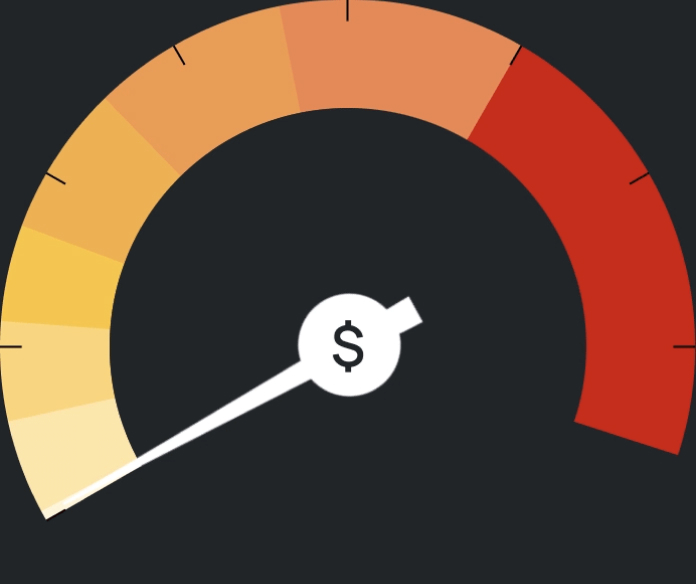Who is the typical household

The hypothetical household
For the purposes of this report, the term typical household refers to a hypothetical household as defined below.
The hypothetical household is a couple with children, the most common type of household in Australia according to the 2016 census. The couple consists of a 38-year-old woman and a 36-year-old man, which are the average ages for men and women in Australia. They live in a
detached house and have two cars. Both are employed.
City household
In each city, the hypothetical household is assumed to live in middle to outer ring suburbs with relatively high population density, good access to public transport, and in the case of the Sydney, Melbourne and Brisbane households, that the family uses toll roads to access the CBD. A typical Australian passenger vehicle is driven 13,800 kilometres per year and is 9.8 years old. Correspondingly, for the city household, the model assumes that the household’s two motor vehicles are driven 15,000 and 10,000 kilometres per year. The car that drives 10,000 kilometres per year is assumed to be 10 years old and owned outright. The car that drives 15,000 kilometres per year is assumed to be a near-new vehicle and financed with a car loan. In addition, one member of the household is assumed to travel by public transport into the CBD and home again, five days per week.
Regional household
There are key differences between metropolitan and regional households transport costs. The Index assumes that the regional household:
– on average, travels further than the city household
– pays more for petrol than the city household in some locations
– on average, earns less than their city counterparts
– pays less for registration and insurance due to lower premiums
– doesn’t pay tolls
– doesn’t have public transport as there is little or no availability in regional areas.
The regional locations chosen for analyses were selected as they have populations of over 10,000 people, have relatively dense population (at the SA2 ABS level), have ages similar to the average ages in the hypothetical city household, have a reasonable proportion of detached housing and have a substantial proportion of couple family households with children. Because of the ACT’s small size and a lack of discernible differences in costs between suburbs, a second location for that jurisdiction has not been included.
The regional locations included for comparison include:
– Wagga Wagga
– Geelong
– Townsville
– Bunbury
– Mount Gambier
– Launceston
– Alice Springs
The underlying assumptions for the regional household are largely the same as for the city household, but vehicle use and household income have been adjusted. The Index also assumes that regional households do not use public transport because services are very limited in those areas. As there are no toll roads in any of the regional locations, this cost has also been excluded. The method of calculating the car usage for each regional location has been based on BITRE 2015 data that analysed the average commuting distance for each centre based on size and location.3 These estimated commuting distances were divided by the average commuting distance of the capital city in that jurisdiction. This ratio was then multiplied by the car use distance of the master household to estimate the hypothetical household’s car use in regional cities.
Using the BITRE assumptions, all regional households travelled further than their city counterparts, except in Townsville and Wagga Wagga. In these locations, the cities are smaller than the capital city and too far for people to commute to the capital for work or leisure. Households in Townsville and Wagga Wagga may also drive less during the week to get to work, run errands and access social activities. By comparison, people in Geelong travel more because they are close enough to Melbourne to commute regularly for work or leisure, so total distances travelled are greater. The regional city is selected to be compared to its city counterpart rather than compared to other regional centres given that distances travelled vary.
The incomes used for the regional locations have been calculated as a proportion of the average income for the figures used for the capital cities using data from the 2016 Census. For example, the household income of a couple family with children in Wagga Wagga was 91.25 per cent of that of the average Sydney income for a couple family with children. The Index has therefore calculated the income for Wagga Wagga as 91.25 per cent of the city household’s income. Using this method, all regional households reported lower weekly earnings than their
city counterparts





